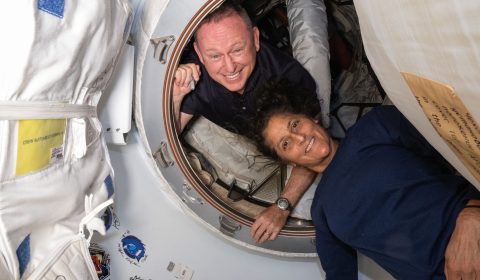While satellites play a crucial role in various industries, recent concerns have emerged regarding the potential safety risks posed by aging satellites re-entering the Earth’s atmosphere.
In recent years, there has been a growing concern about the dangers of satellites falling from the sky.
This is due to several factors, including the increasing number of devices in orbit, the lifespan of existing satellites, and the growing threat of space debris. In fact, as of this year, there are 7,702 satellites that are currently orbiting Earth.
This volume is set to increase in the coming years with technological advancements and a growing demand for services. Until 2031, it is projected that at least 2,500 satellites will be launched on average every year.
At present, the USA, China, and the UK have the most satellites orbiting the planet as of 2022. Most of them are used for commercial purposes followed by governmental and military.
Governmental and scientific concerns revolve around a heightened likelihood of collisions leading to the formation of debris fields that can potentially damage neighboring satellites. There are also worries about intense reflections that can adversely affect scientific astronomy and alter the appearance of the night sky.
In terms of immediate threat, however, the safety of individuals on the ground and eliminating the risks of falling satellites is a high priority.
It is vital to note that satellites have two main methods of re-entry – assisted and non-assisted, which fundamentally change an object’s descent back to Earth.
Assisted satellite re-entry involves employing active measures to guide or control the satellite’s trajectory, often with the help of ground-based teams or propulsion systems. This allows for a more predictable descent, reducing the risk of endangering populated areas.
Recently, the European Space Agency (ESA) guided its Aelous satellite’s re-entry to ensure its post-mission disposal did not pose any harm to those on the ground. They did so by steering the re-entry corridor away from populated areas while measuring winds in space.
In contrast, non-assisted satellite reentry relies on natural orbital decay, where the satellite gradually loses altitude and reenters the Earth’s atmosphere with no active guidance. Without our intervention, or prior knowledge of an impending reentry, the risk of injury or damage from debris is obviously way higher.
Early last year, a geomagnetic storm wiped out the function of 40 Starlink satellites out of the 49 that were deployed into low orbit. All such satellites fell back to Earth and burned-up upon re-entry into the atmosphere.
Musk had warned in March that the company’s V2 satellites were experiencing some difficulties and that some of them would be de-orbited, but the reality was far from smooth sailing.




















